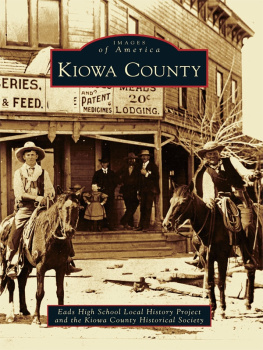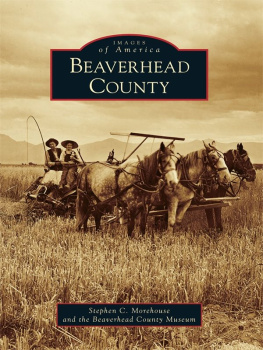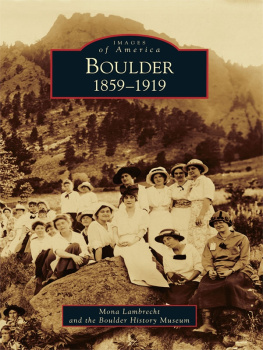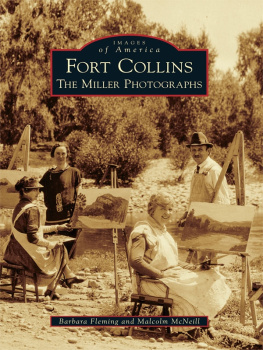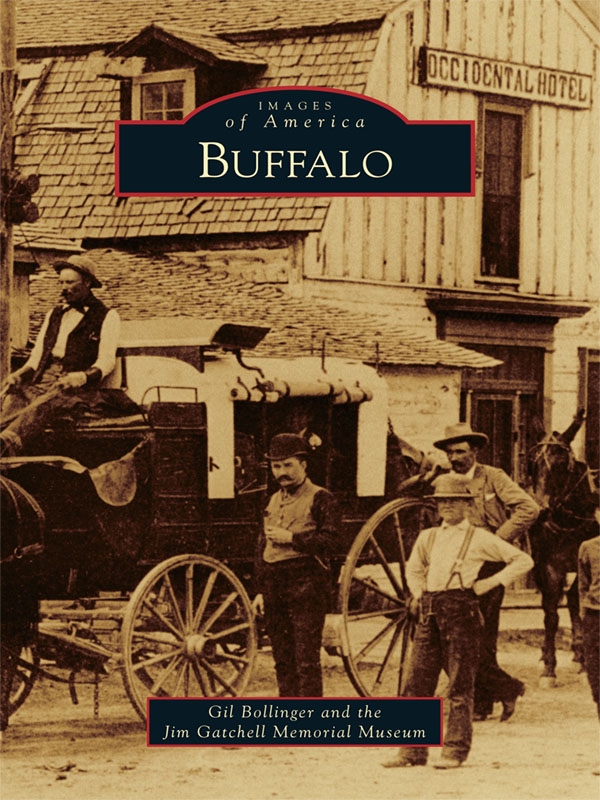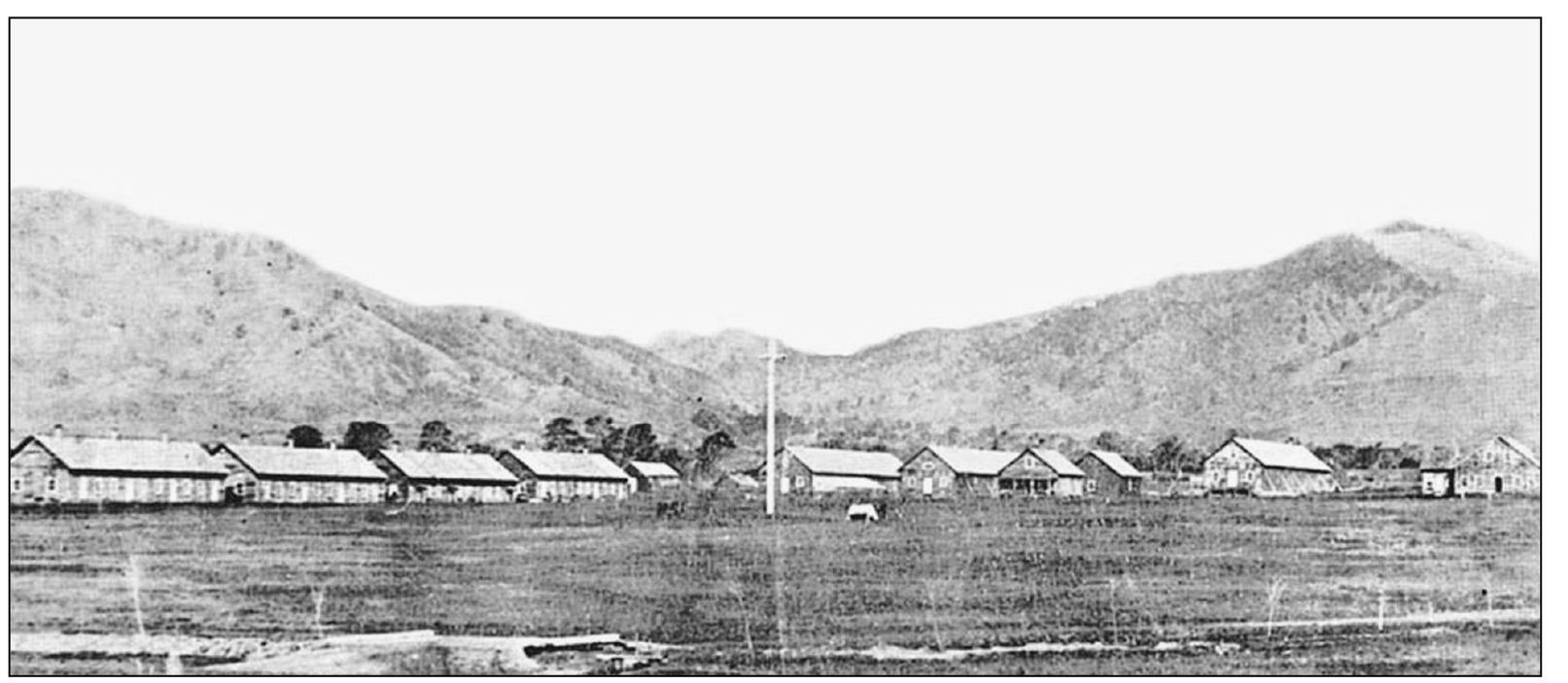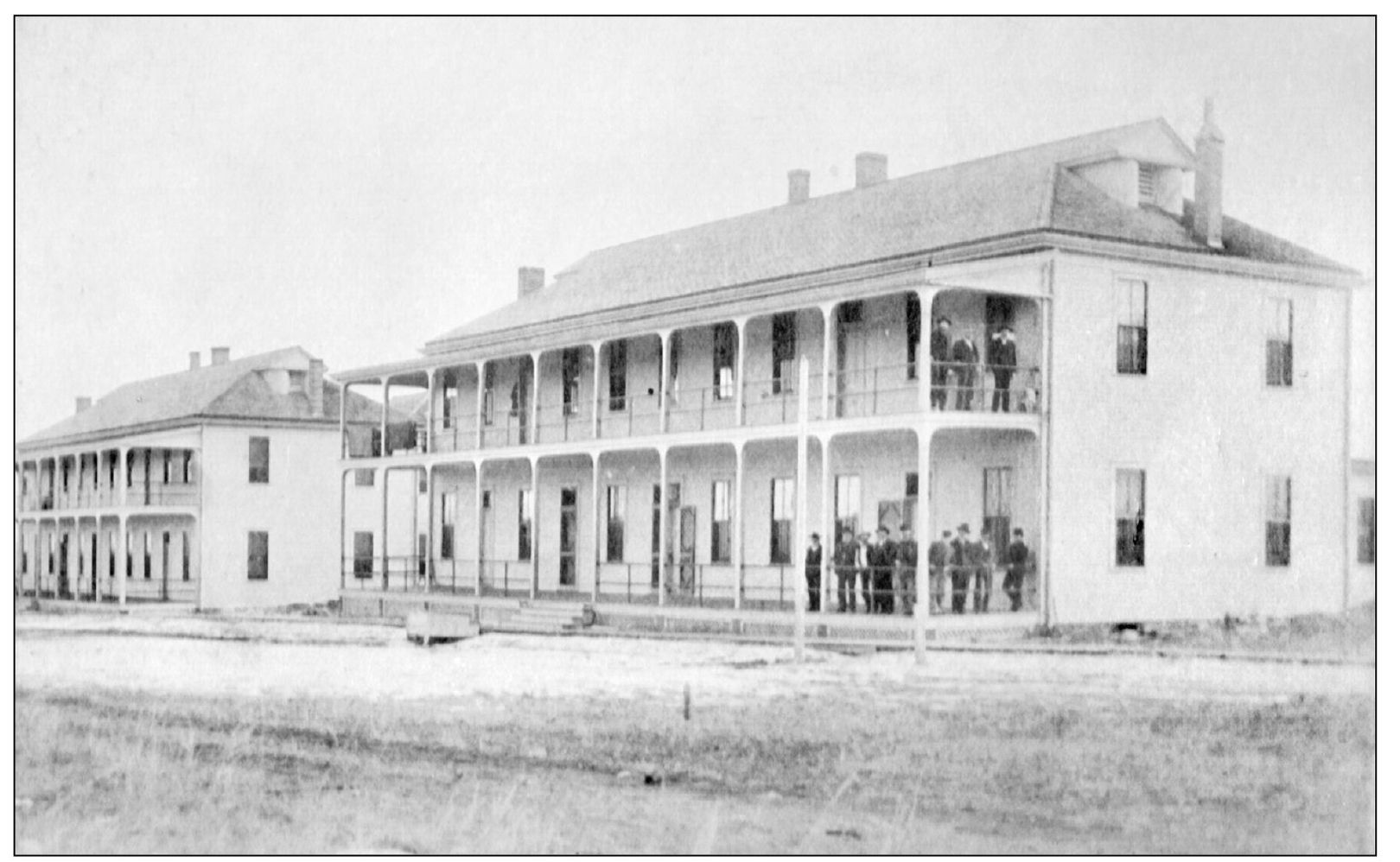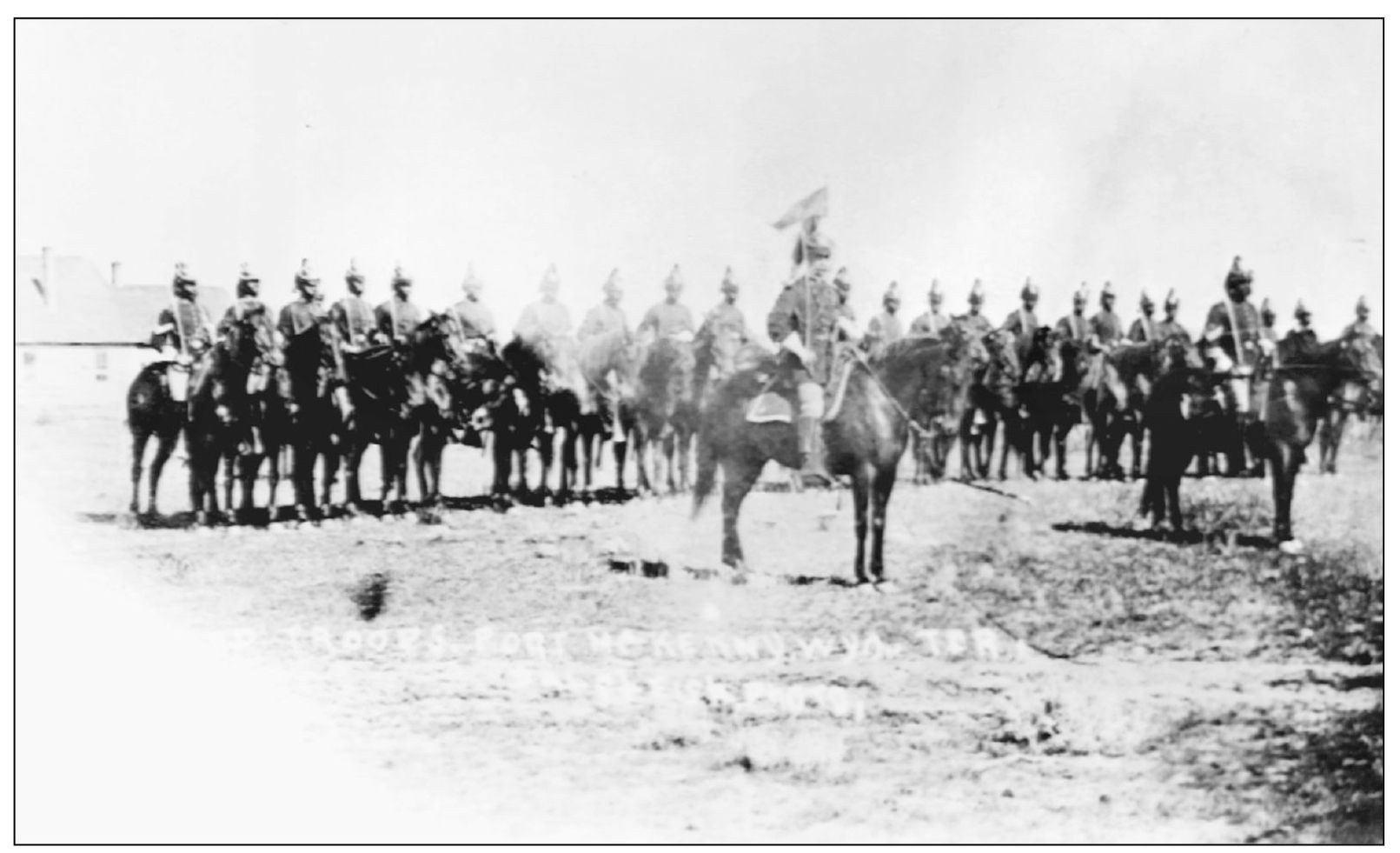ACKNOWLEDGMENTS
The photographs depicted herein were obtained from local sources, giving this pictorial history a true grassroots origin. Those sources were, in addition to the coauthor, the Jim Gatchell Memorial Museum, the Johnson County Library, the Buffalo Bulletin , and the Occidental Hotel and Museum. The staffs at each of those institutions could not have been more helpful or cooperative. In particular, the museums director John Gavin, educator Bob Edwards, and registrar Sylvia Bruner; the librarys director Cynthia Twing, history librarian Nancy Jennings, and staff member Megan Herold; the Bulletin s publisher Susan Carr; and Occidental Hotel owners John and Dawn Wexo, with their information technology director Brian Humphrey, all made substantial contributions from their superb collections. We are in their debt.
Any treatise on local history should be reviewed for accuracy by local historians. This work benefited from excellent reviews by Nancy Jennings, Bob Edwards, John Gavin, and Patty Myers. Their essential contributions are much appreciated.
For brevity, the following abbreviations will be used for the four photograph sources in the credit lines:
Buffalo Bulletin newspaperBBN
Jim Gatchell Memorial MuseumJGMM
Johnson County LibraryJCL
Occidental Hotel and MuseumOHM
BIBLIOGRAPHY
Bollinger, Gil. Fort McKinney, 1877 to 1894 . Buffalo, WY: Jim Gatchell Memorial Museum Press, 2006.
. Jim GatchellThe Man and the Museum . Buffalo, WY: Gatchell Museum Association, Inc., 1999.
Centennial Book Committee, William Holland, chairman. Buffalos First Century . Buffalo, WY: Buffalo Centennial Committee, 1984.
Edwards, M. R. Duffys Bluff . Buffalo, WY: Self-published, 1974.
Gerhold, Mel, Ray OLeary, and Bob Edwards. Frontier Wyoming . Buffalo, WY: Jim Gatchell Memorial Museum Press, 2006.
Gorzalka, Ann. Wyomings Territorial Sheriffs . Glendo, WY: High Plains Press, 1998.
Hanson, Margaret B. Powder River Country, the Papers of J. Elmer Brock . Cheyenne, WY: Frontier Printing, Inc., 1981.
Murray, Robert A. Johnson County, 175 Years of History at the Foot of the Big Horn Mountains . Buffalo, WY: Buffalo Chamber of Commerce, 1981.
. Military Posts in the Powder River Country of Wyoming, 18651894 . Buffalo, WY: The Office, 1968 and 1990.
ONeal, Bill. Cattlemen vs. Sheepherders . Austin, TX: Eakin Press, 1989.
. The Johnson County War . Austin, TX: Eakin Press, 2004.
Powder River Heritage Committee. Our Powder River Heritage . Cheyenne, WY: Frontier Printing, Inc., 1982.
Sodaro, Craig, and Randy Adams. Frontier Spirit, The Story of Wyoming . Boulder, CO: Johnson Books, 1996.
Trachtman, Paul. The Gunfighters . New York: Time-Life Books, 1974.
Urbanek, Mae. Wyoming Place Names . Missoula, MT: Mountain Press Publishing Company, 1990.
Find more books like this at
www.imagesofamerica.com
Search for your hometown history, your old
stomping grounds, and even your favorite sports team.
One
THE FORT, THE TOWN, AND THE LADY 1878 TO 1885
EARLY FORT MCKINNEY. This early-1880s photograph is the earliest known picture of the fort.Sited in 1878 on the eastern flank of the Big Horn Mountains, the post at this time had some30 buildings and a military garrison of 250 to 300 cavalry and infantry. The fort was establishedto monitor for Native American activity off the reservations in adjacent Montana and SouthDakota, and to provide deterrence against any hostility. The specific site for the post was selectedbecause of the excellent water quality from Clear Creek that ran through the grounds and thenearby source of lumber on the Big Horn slopes. The early growth of Buffalo provided a widerange of workers and craftsmen along with food supplies in support of the military personnel andtheir livestock. (JGMM.)
FORT MCKINNEY PARADE GROUNDS. These pictures of the forts parade grounds are dated around1884. The views are to the west. The photograph above was probably taken from the post hospitalat the eastern edge of the forts building complex; its picket fence is seen in the foreground. Thecurved road and line of houses at the mid-background right are officers quarters and were referredto as The Line. They formed the north boundary of the parade grounds. The Regimental Bandis shown below assembled at the flagpole near the center of the parade grounds. That flagpolewas distinctive in being especially tall and well made. Its maker, William Daley, had emigratedfrom the New England area, where he was involved in the construction of masts for sailing ships.The symmetrical peak seen on both pictures horizons is North Ridge, which forms the northboundary for Clear Creeks exit from the Big Horns. (Both, JGMM.)
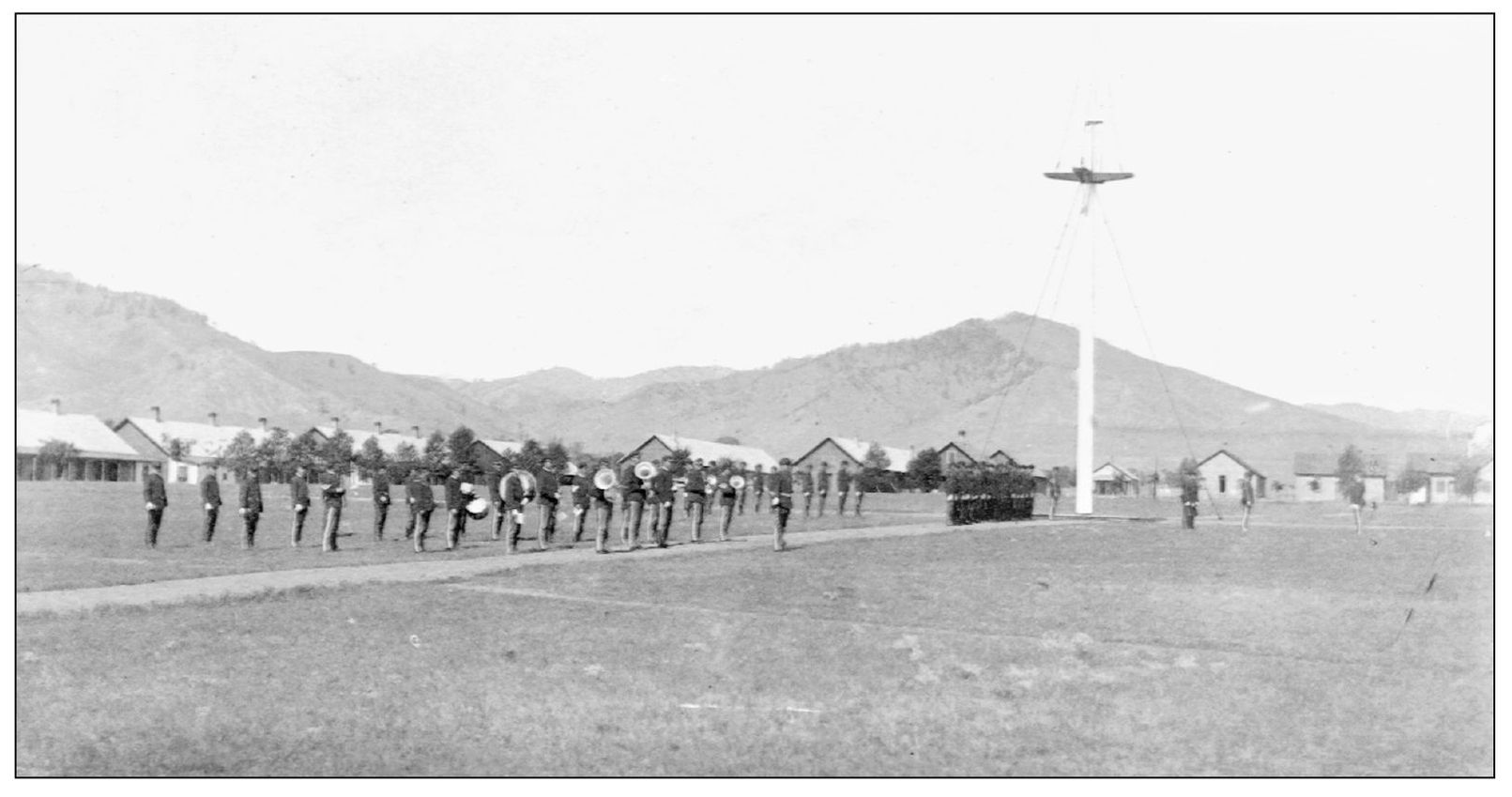
FORT MCKINNEY BUILDINGS. For enlisted soldiers there were four barracks for the infantry andtwo for the cavalry. These structures were large, two-story buildings with two porches along onefull side (pictured above). The barracks were located along the south side of the parade grounds.The hospital building (shown below) was the best-built structure on the post and probably thehandsomest. Of the eventual 40-plus post buildings, it is the only one that has survived to thepresent day. After Fort McKinney was decommissioned in 1894 the federal government ceded itto the State of Wyoming. In 1903, the state made it the Soldiers and Sailors Home. The namewas changed to the current Wyoming Veterans Home, and it continues in that function for thestates veterans. The hospital building now holds some state offices. (Both, JGMM.)
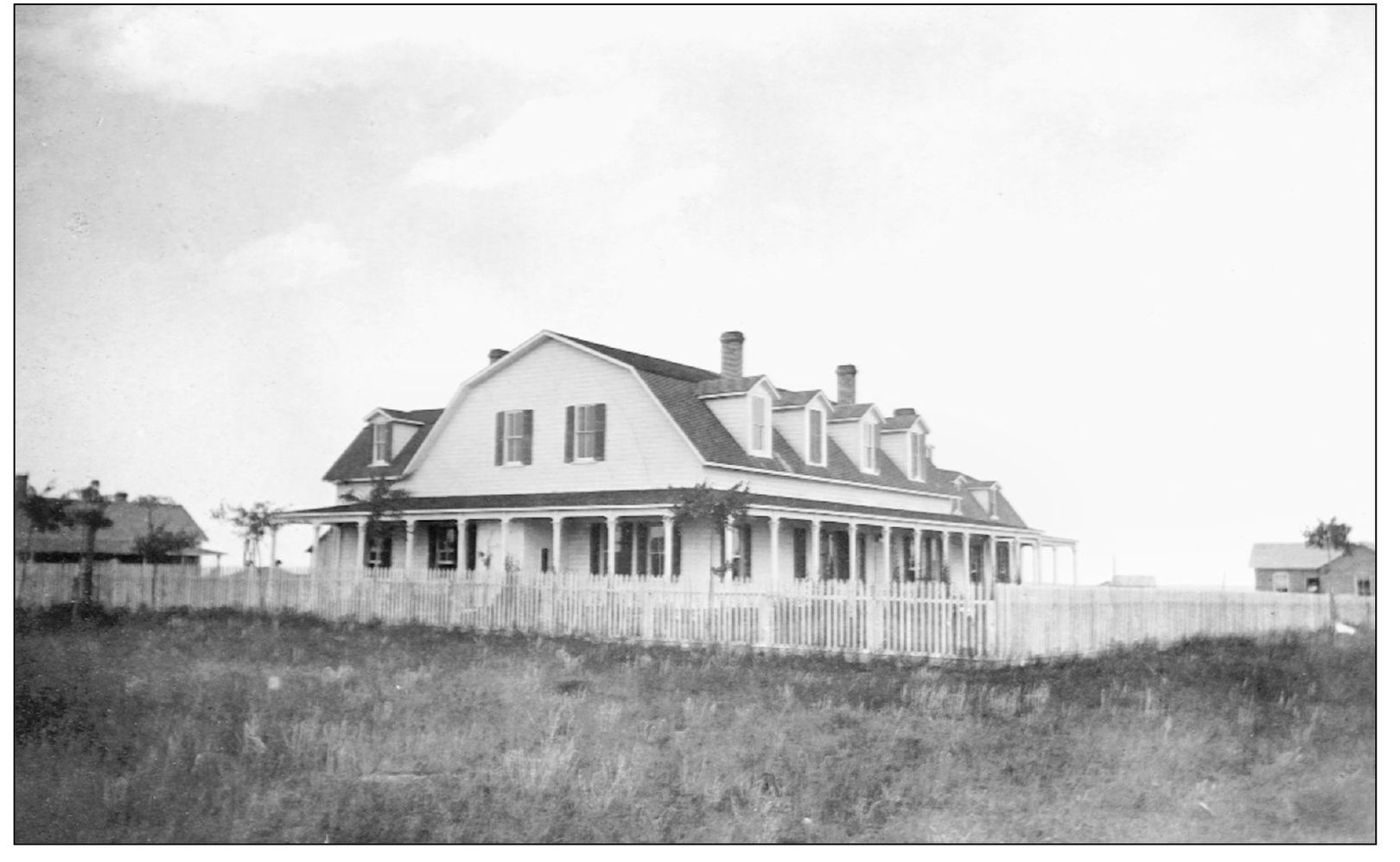
FORT MCKINNEY BUFFALO SOLDIERS. The famed Buffalo Soldiers were stationed at Fort McKinneybetween 1885 and 1894. There were up to five 9th Cavalry companies (pictured above) and300 personnel present. Having that many African Americans coming into town on a regular basiswas a new experience for the Buffalo residents. According to Buffalo Bulletin articles throughoutthe period, the two groups got along very well and seemed to enjoy each others presence. Thosesoldiers participated in aftermath conflicts of the 1890 Wounded Knee tragedy in South Dakota.Following those engagements, their corporal, William O. Wilson, was awarded the CongressionalMedal of Honor for gallantry. Inspections were, of course, a routine fact of life for both the BuffaloSoldier Cavalry and the Caucasian Infantry (shown below) at Fort McKinney. (Both, JGMM.)



